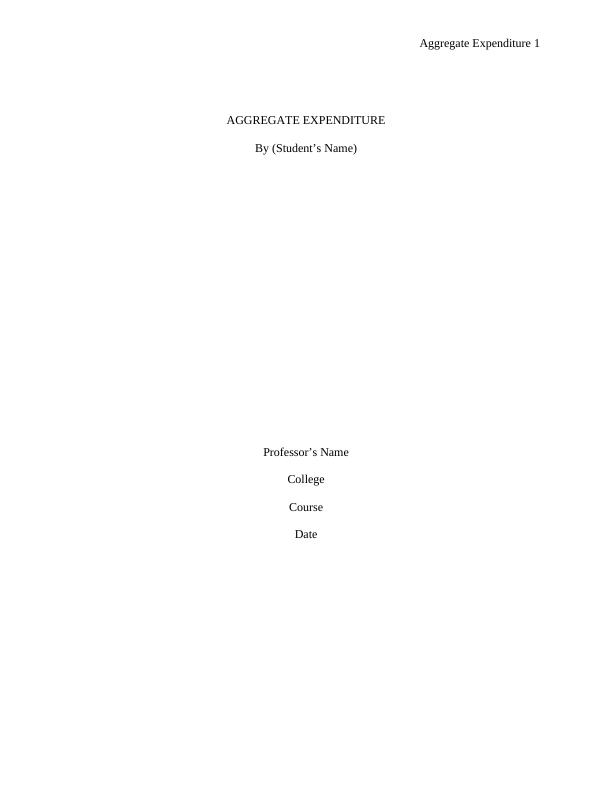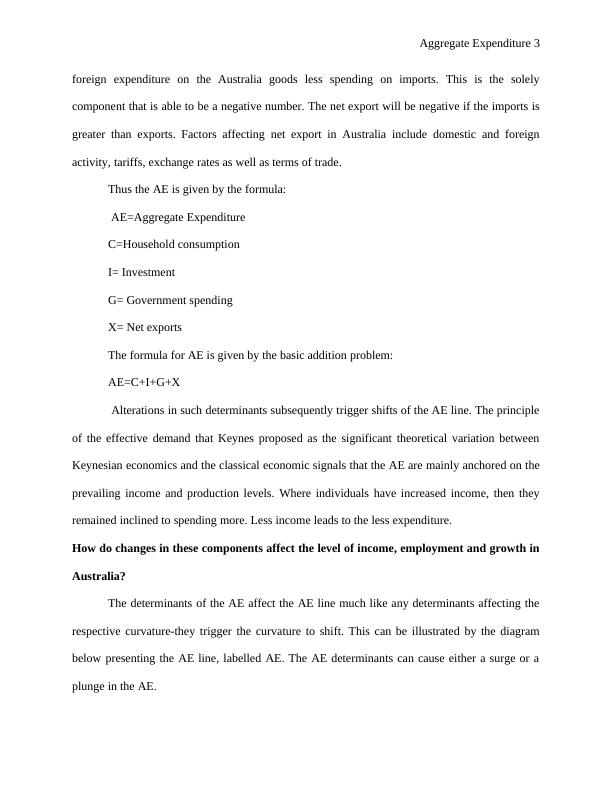Determinants of Aggregate Expenditure
7 Pages1384 Words67 Views
Added on 2020-05-11
Determinants of Aggregate Expenditure
Added on 2020-05-11
ShareRelated Documents
End of preview
Want to access all the pages? Upload your documents or become a member.
Macroeconomic Analysis of Australia using Aggregate Expenditure Model
|13
|2403
|346
Equilibria in Economics
|8
|1236
|248
Using the expenditure method to measure GDP
|5
|1574
|242
Equilibrium Level of National Income Model
|16
|2969
|28
The Impacts of Monetary Policies on the Australian Economy
|7
|1924
|465
Macro Economics Assignment Sample
|14
|2649
|32



